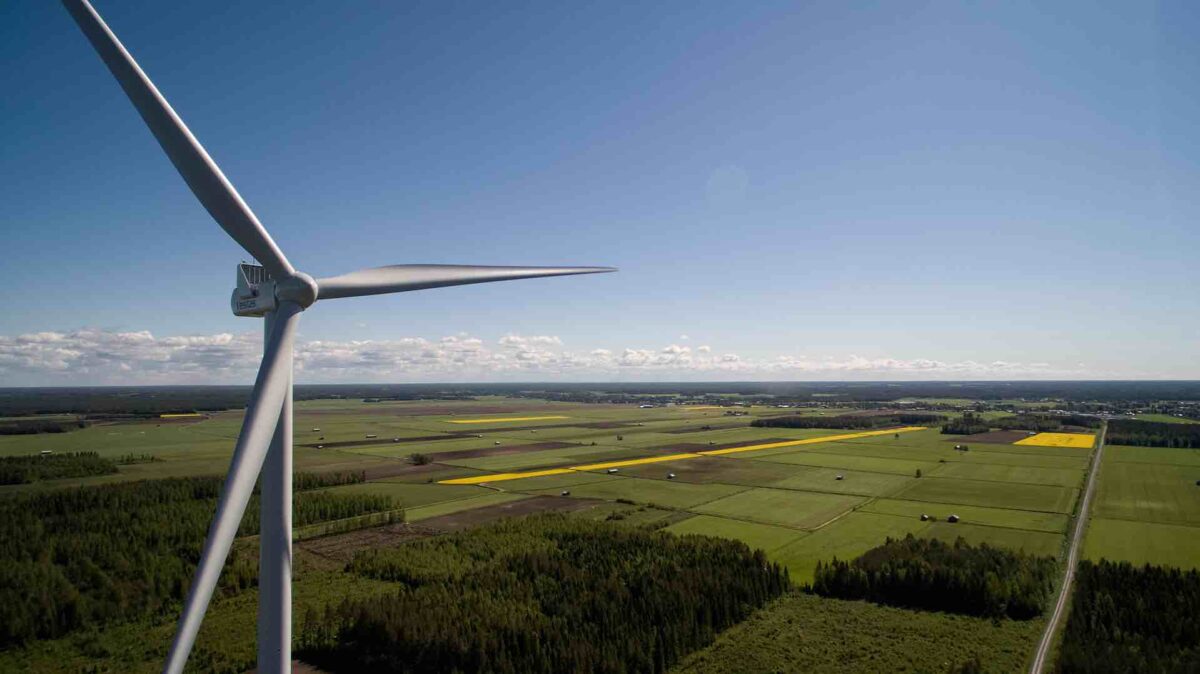Researchers from RMIT University say they have developed a cheaper method of making hydrogen directly from seawater that erases the need for costly and energy intensive desalination and avoids draining precious freshwater reserves.
“We know hydrogen has immense potential as a clean energy source, particularly for the many industries that can’t easily switch over to be powered by renewables,” said Dr Nasir Mahmood, a Vice-Chancellor’s Senior Research Fellow at RMIT and lead researcher.
“But to be truly sustainable, the hydrogen we use must be 100% carbon-free across the entire production life cycle and must not cut into the world’s precious freshwater reserves.”
Currently, hydrogen production is a predominantly carbon intensive process relying almost entirely on fossil fuels.
According to figures quoted by RMIT from the International Energy Agency (IEA), current hydrogen production is responsible for around 830 million tonnes of carbon dioxide a year, equivalent to the annual emissions of the United Kingdom and Indonesia combined.
The holy grail of hydrogen production, however, is “green” hydrogen, produced by a process called electrolysis, powered by renewable electricity to split water into hydrogen and oxygen, which developers hope can be used for a variety of hard to abate industries.
However, green hydrogen production only accounts for around 1% of total global hydrogen production, according to RMIT.
The production of green hydrogen requires not only 100% renewable electricity generation to power operations, but a suitable source of water.
Freshwater sources do not require any pre-treatment, but are already at risk around the globe, and likely to become more so as climate change continues to wreak havoc on the environment.
Seawater, on the other hand, has traditionally required a pre-treatment process. As Mahmood explains, “the biggest hurdle with using seawater is the chlorine, which can be produced as a by-product.
“If we were to meet the world’s hydrogen needs without solving this issue first, we’d produce 240 million tons per year of chlorine each year – which is three to four times what the world needs in chlorine.
“There’s no point replacing hydrogen made by fossil fuels with hydrogen production that could be damaging our environment in a different way.”
The new process designed by RMIT’s researchers produces no carbon dioxide or chlorine thanks to a special type of catalyst developed by the team to work specifically with seawater. The new catalyst is not only highly efficient and stable, but is more cost-effective and can be easily scaled.
Mahmood believes that their new technology will be able to reduce the cost of electrolysers enough to meet the Australian government’s goal of green hydrogen production of $2/kilogram, making it competitive with fossil fuel-sourced hydrogen.
Interestingly, the news from RMIT University comes a fortnight after researchers from the University of Adelaide announced their own ability to split seawater without pre-treatment to make green hydrogen.
The University of Adelaide researchers similarly modified the catalyst, using a non-precious and cheaper catalyst in a commercial electrolyser.










